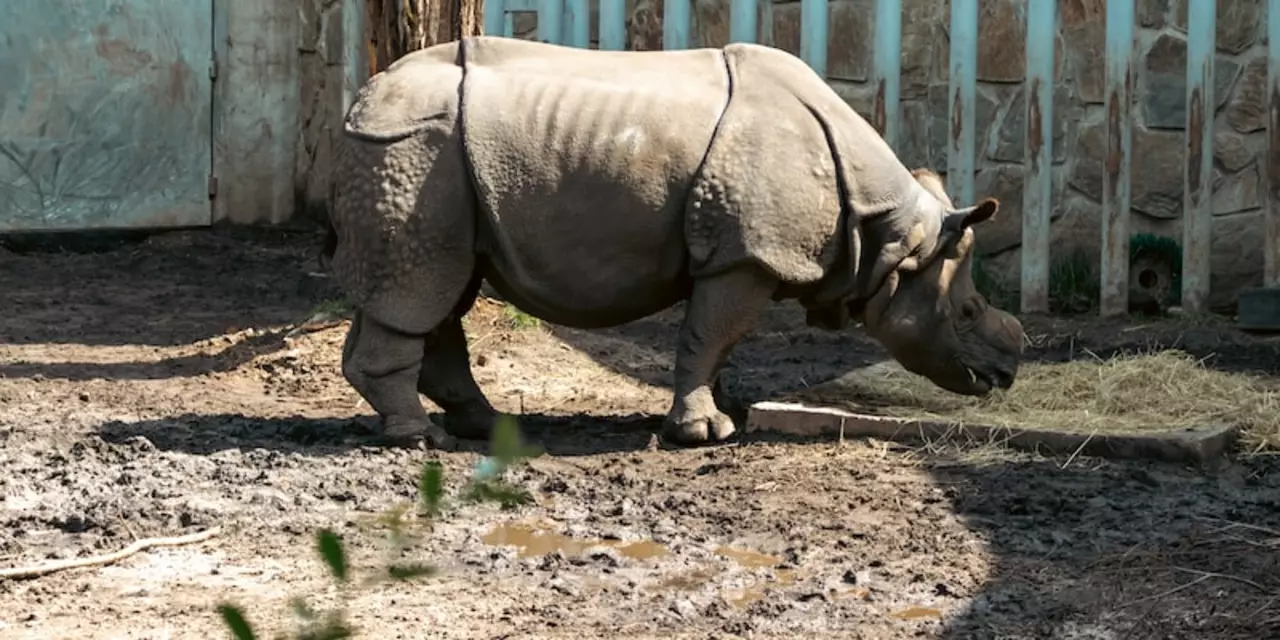Wildlife Education: How Dangerous Is the Horned Viper?
Ever wonder why the horned viper gets a bad rap? This little snake packs a punch that many people don’t expect. Below we’ll break down what makes it risky, how often bites actually happen, and what you can do to stay safe if you ever cross its path.
What makes the Horned Viper so risky?
The horned viper is a small, fast‑moving snake that lives in the Middle East, North Africa, and parts of Europe. At about 70 cm long, it’s not huge, but its venom is potent enough to cause serious tissue damage and, in rare cases, death. The snake’s name comes from the tiny horn‑like scales above its eyes, which give it a distinctive look.
What really sets it apart is its aggressive temperament. When it feels threatened, it will strike quickly and inject a concentrated dose of neurotoxic venom. That venom interferes with blood clotting and can lead to swelling, pain, and bleeding under the skin. Most bites occur when someone tries to handle the snake or steps on it by accident.
Despite its reputation, the horned viper isn’t out there looking for human victims. Most of the time it keeps to itself, hiding under rocks or in dry brush. Bites are relatively uncommon and usually happen because people disturb the snake’s shelter.
How to stay safe around venomous snakes
If you’re hiking, gardening, or just walking your dog in an area where horned vipers live, keep these simple habits in mind. First, wear sturdy boots and long pants – that little extra layer can stop a bite from reaching your skin.
Second, watch where you step. Look out for rocks, piles of debris, or sand dunes where the snake might be hiding. If you see a snake, give it space. Most snakes will slither away if they don’t feel cornered.
Third, never try to pick up or move a snake, even if it looks harmless. If you find a snake in your yard, call a local wildlife rescue service to handle it safely. Trying to capture it yourself can lead to a bite.
Finally, know what to do if a bite happens. Keep the victim still, apply a pressure bandage above the bite, and get medical help fast. Antivenom is the most effective treatment, and the sooner it’s given, the better the outcome.
Learning these basics doesn’t just protect you – it also helps the snake. When people understand that the horned viper prefers to stay hidden, they’re less likely to provoke it, which means fewer dangerous encounters for everyone.
Overall, wildlife education isn’t just about facts; it’s about practical steps you can take every day. Knowing the risks, respecting the animal’s space, and being prepared for emergencies are all part of staying safe while enjoying the outdoors.

How dangerous is a horned viper?
The Horned Viper is a highly venomous snake found in the Middle East, North Africa and parts of Europe. They are small snakes that grow to around 70 cm in length, and they have a reputation as one of the most dangerous snakes in the world. They are known to be highly aggressive and have a particularly potent venom that can cause extensive tissue damage and even death if left untreated. However, the Horned Viper is not actually responsible for many bites, and most occur when the snake is handled or disturbed. As such, if left alone, it poses minimal risk to humans.
Read More